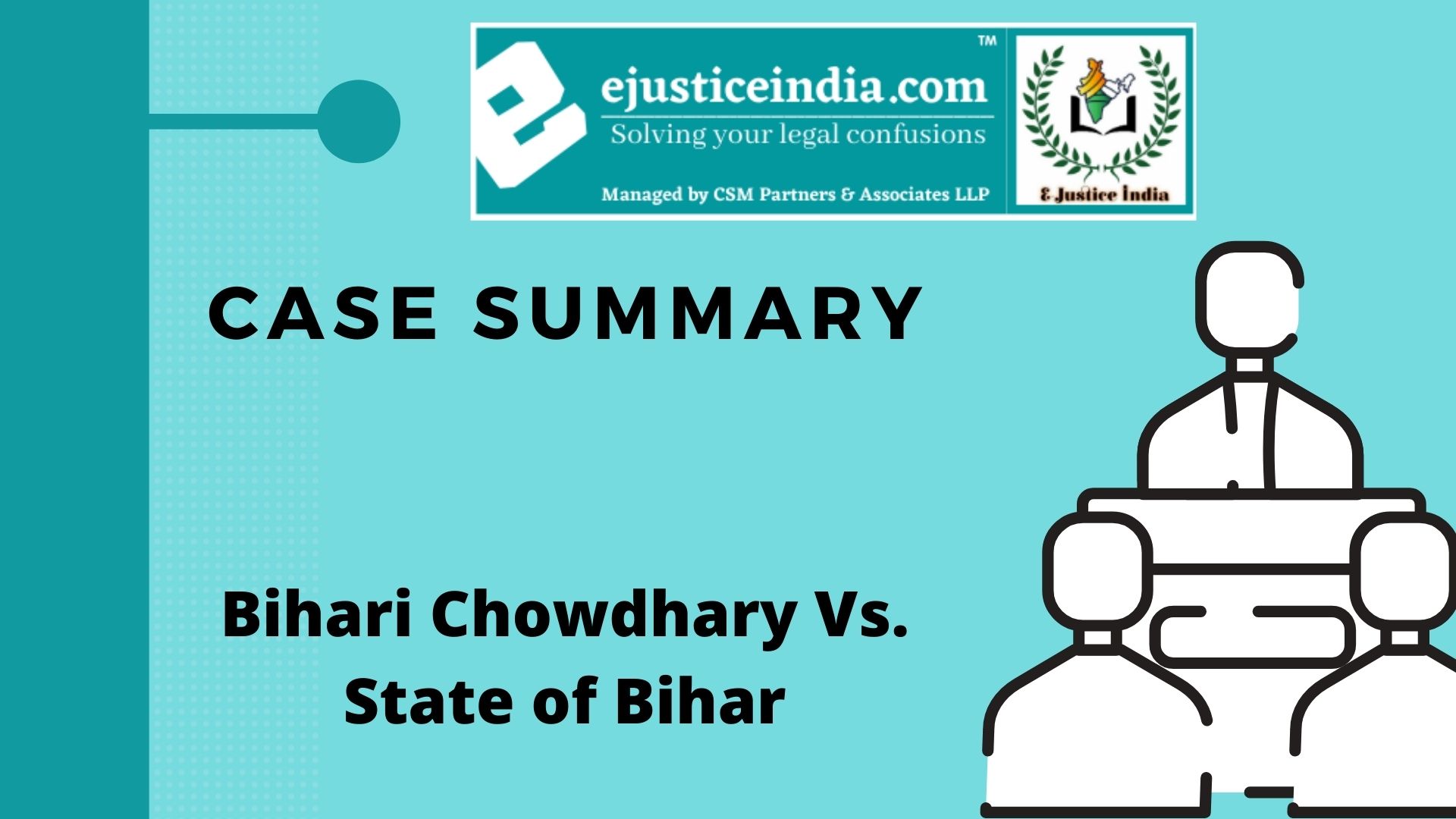Emperor vs Mushnooru Suryanarayana Murthy : Case Summary
Case Name : Emperor vs Mushnooru Suryanarayana Murthy
Author : Aprajita Priyadarshini
EQUIVALENT CITATIONS
(1912) 22 MLJ 333
BENCH
Justice Benson
INTRODUCTION
The Indian Penal Code very finely defines the differences between murder, culpable homicide and culpable homicides amounting or not amounting to murder under its provisions. To commit an offence under any of these the very essential ingredient is that of mens rea or malice.
Malice is the intention to cause a deliberate injury to or death of another person. The Doctrine of Transferred Malice is inferred from Section 301 of IPC and defines the nature of culpable homicide.
When a person had the knowledge and intention of killing someone but results in the death of someone else whom he did not intend to kill commits a culpable homicide under Sec 301. The person in such cases will be held guilty under the Doctrine of Transferred Malice and the absence of intention will not be a valid ground for acquittal.
FACTS
Suryanarayana Murthy, had given a piece of sweetmeat (halva) mixed with poison containing arsenic and mercury in soluble form to Appala Narasimhulu with an intention of killing him and gaining the large amount of money insured in his name.
Appala ate a portion of it and threw the rest away. All this took place in the house of Murthy’s brother-in-law where Appala had been asked to meet him. Murthy’s niece Rajalakshmi aged 8 or 9, found the thrown away portion of sweetmeat, ate it and also gave some to another child who also ate it.
The two children died due to the effects of the poison in the sweetmeat while Appala eventually recovered from the severe effects of it. The accused was punished with transpiration for life for the attempt to murder Appala. The prosecution made an appeal before the Supreme Court to hold the accused guilty of the murder of Rajalakshmi and the other child.
ISSUES AND FACTS OF LAW
- Whether the accused Murthy was guilty of the murder of the girl Rajalakshmi?
- Whether the Doctrine of Transferred Malice can be applied in this case?
JUDGMENT
- The accused was guilty of the murder of the girl Rajalakshmi although he did not have an intention to kill her but his action of adding poison to the sweetmeat was the efficient cause of death of the girl.
- The Rule under Sec 301 makes it clear that culpable homicide had been committed by causing the death of a person whom the accused neither intended to, nor knew himself likely to kill just because he had the intention and knowledge of killing a person he intended to and the act done by him was one of malice. So the accused is guilty of murder.
- The Doctrine of Transferred Malice applies to this case as the death of the girl whom he did not intend to kill had been caused by the person’s malicious act. The case rightly falls under Sec 301 of IPC and the Doctrine of Transferred Malice inferred from the section rightly applies to this case.
- The accused was punished with transportation for life by the court of revision, Delhi for the attempt to murder Appala. The present court upheld this decision for the murder of the girl Rajalakshmi. The court could not award a death sentence, which would have been appropriate in this case, reasoning that the accused was not convicted for murder at the trial court.
Emperor vs Mushnooru Suryanarayana Murthy


